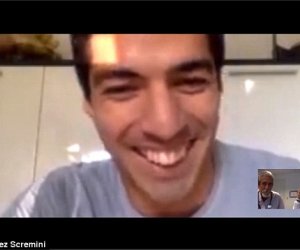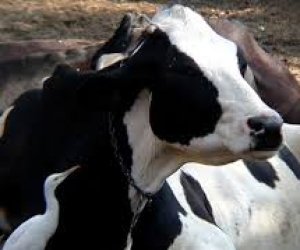The remote lake that tells the story of himanity's birth
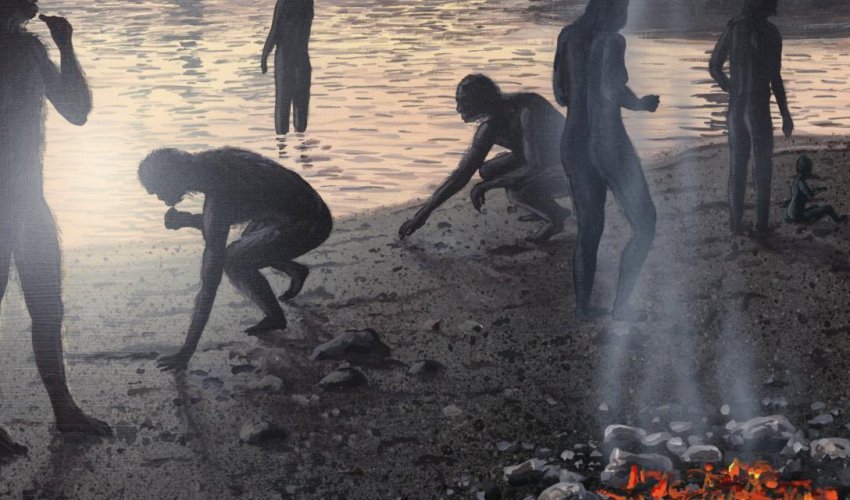
Our ancient human ancestors were an elusive lot. Their remains are literally thin on the ground, and even when fossils are unearthed it is rare for them to be complete. Sometimes they must be pieced together from dozens of fragments.
That is why a staggering find in 1984 excited the entire field, and continues to do so today over 30 years later.
It was a skeleton of a young boy, discovered at Lake Turkana in the deserts of northern Kenya. He died when he was about eight years old and his bones sank into the sediments of the lake, where they were preserved for 1.5 million years. He was, and is, the most complete early-human fossil ever discovered.
Yet "Turkana Boy" is just one of many early human fossils discovered near the lake. Together they span four million years of human evolution. This one spot has told us a huge amount about where we came from and how our ancestors lived.
Today Lake Turkana lies in the midst of a dry, hostile desert environment. But this was not always the case.
About two million years ago, the lake was much larger and the surrounding area was greener. Since then, rapid changes in the climate have periodically caused the lake to shrink, and occasionally it has disappeared altogether.
During the wetter times, it was an ideal place for early humans to live, and when they died it was a perfect place for their remains to fossilise. That's because Lake Turkana lies in a volcanic area, where tectonic activity can move Earth's crust and create new layers. It is within these layers that fossils from different time periods are found.
"Those are all great circumstances where you can have bones that get buried in the sand and that becomes sandstone," says Fred Spoor of University College London in the UK. Periods of heavy rainfall have since eroded many of these layers, exposing the fossils more clearly.
Excavations at the lake started in 1968 when Richard Leakey of the Turkana Basin Institute led a group to the eastern side, known as the Koobi Fora. It was an enormous area, but aerial views had suggested that there were lots of fossils to be found.
"My idea was to start at one end and work our way to the other end," says Leakey. The first few years were "a bit of an adventure", but before long fossils of numerous species "were tumbling out of the ground".
In 1972, Leakey's team uncovered the skull and some limb bones of a 1.9 million-year-old Homo rudolfensis, known as "skull 1470".
The discovery reinforced an idea that was emerging at the time: that there was not a single line of early humans, but multiple lineages. It was already known that three other species were living in Africa around the same time: H. habilis, H. erectus and Paranthropus boisei. H. rudolfensis added to this diversity.
In other words, humans used to be a diverse group of species, not just one as we are today. Later finds from Koobi Fora suggest that the three Homo species coexisted between 1.78 and 1.98 million years ago.
But it was not until the discovery of Turkana Boy, also known as Nariokotome Boy, that we began to learn about perhaps the most important of these species: H. erectus.
"Turkana Boy is one of the monumentally important fossils that radiates new questions about human evolution," says paleoanthropologist John Shea of Stony Brook University in New York, US.
For one thing, H. erectus are thought to be our direct ancestors. They were the first hominins to migrate out of Africa, spreading into Europe and Asia.
In some ways they were strikingly similar to us. They had significantly bigger brains than the slightly older H. habilis, and were much taller.
What's more, Turkana Boy revealed that his species walked more like us than older hominins did. He centred his weight over his pelvis as he walked, just like us. He also had arched feet and a relatively long stride.
Turkana Boy was also able to carry things in his free hands while walking.
"It's a step in the direction of the way we humans walk around, away from the way other ancestral hominins and primates moved around," says Shea.
"He would have been a good endurance runner and very good at carrying things. If you're able to run, you can chase, so what were they chasing? What were they carrying?"
Other studies offer some clues.
His family may have been carrying hunting tools like spears. The anatomy of their hands strongly suggests they could do so. Spears do not fossilise, but a 2013 study suggested that H. erectus had evolved the ability to throw.
In contrast, our closest ape relatives have very little throwing power. Our more ape-like ancestors, who spent more of their time in trees, were probably similarly bad at throwing.
This suggests that H. erectus could hunt more intensively than older species, helping them to expand out of their territory.
That would have been useful, because during Turkana Boy's time the climate was extremely variable. The forests his ancestors had thrived in began to change into more open grasslands, leaving early humans fewer places to hide from large predators.
These hominins faced a choice, says Shea: retreat to the remaining trees, or deal with these threats head-on. They seem to have chosen the latter.
(BBC)
www.ann.az
























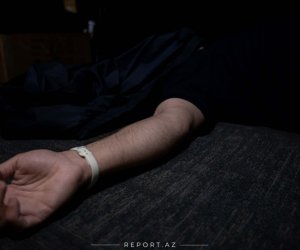











 Photo
Photo 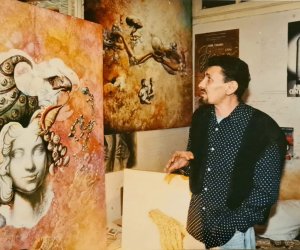

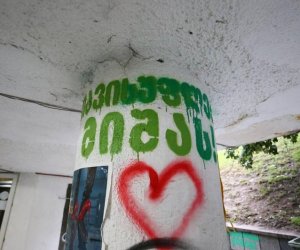

 Video
Video 